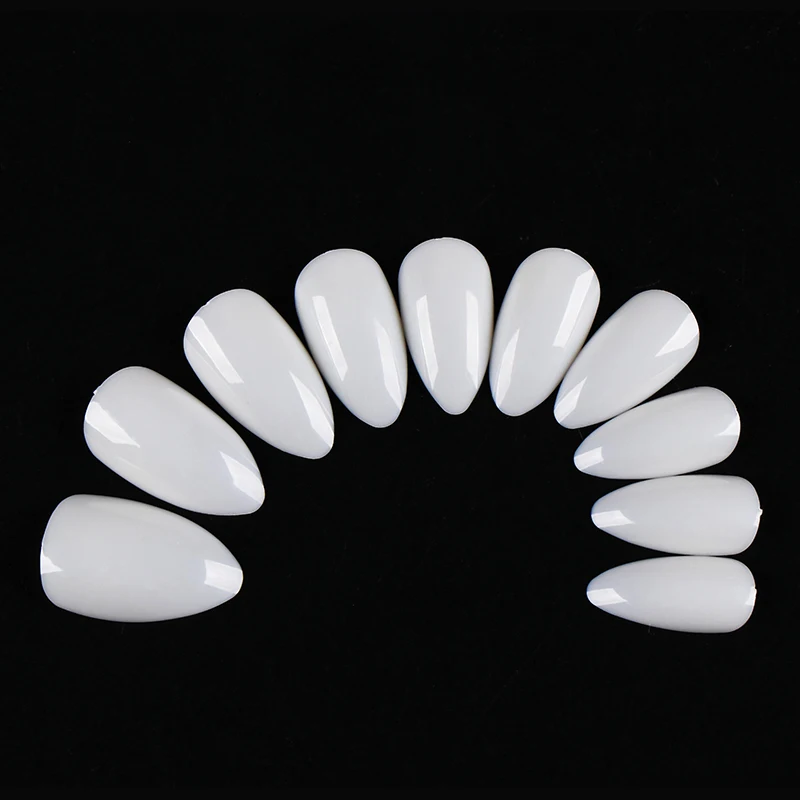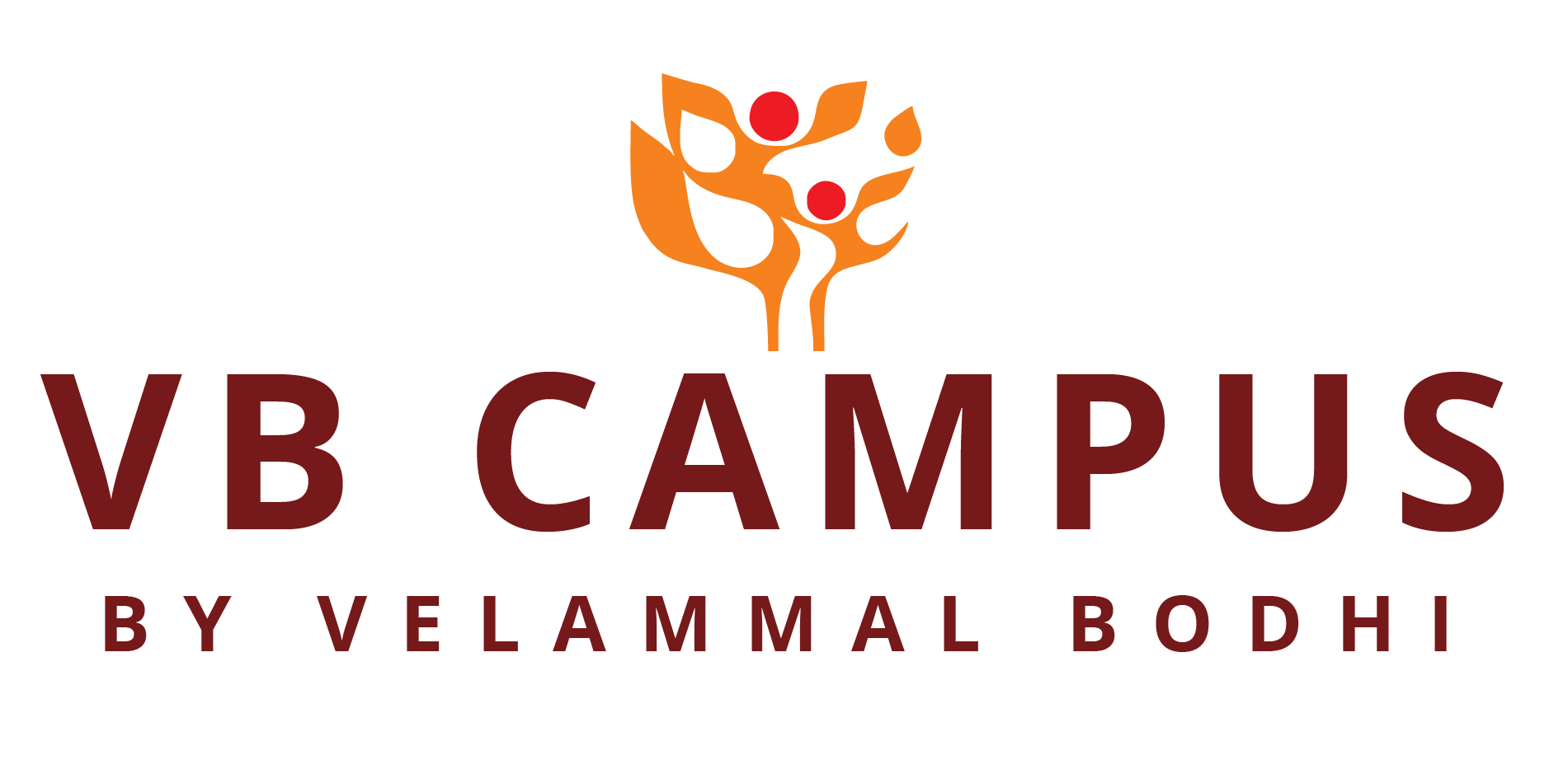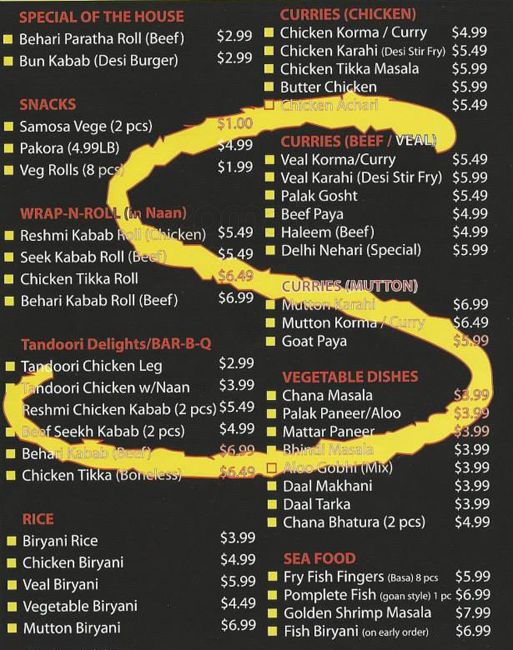Table Of Content

Hand-woven and embroidered rugs and floor cushions are used liberally throughout Indian homes. Beautifully colored tapestries depicting flora, fauna and mandalas are used window treatments, pillows and throw blankets. Empire style represents the second phase of Neoclassicism that began in the early 19th century in Napoleonic France and later appeared in the U.S.
Beverly Hills Luxury Interiors
The anachronistic technology blends industrial machinery with Victorian aesthetics and styles to create a distinctive creative look for fashion, engineering and architecture. Steampunk is heavily influenced by the literary works of Jules Verne and H.G. The minimalist style has to contend with many prejudices, but most are inaccurate. Minimalism, then, isn’t just about removing all decor in favor of clean surfaces and walls, but also about leaving out expendable objects. A sofa nook, for example, can take the place of several small chairs, and a dining table can double as a workstation.
A Guide To French Country Style Décor: Elegance Meets Rustic Charm
"A thoughtful injection of color adds to its layers and creates an intriguing space that acknowledges both the past and the present." A portmanteau of Scandinavian and Californian, this interior design style is rising through the ranks quickly these days. "Using curvy shapes is a distinct throwback that is re-emerging into a more modern twist," explains Design Works' Robin Strickler. "Natural materials are the focus here, such as live-edge wood tables, raw fabrics, and stone," says Lafleur.

About Decorilla

Antique items like old suitcases, trunks and worldly trinkets can be used as accents. A vintage travel trunk inspired by the Belle Epoque age adds a lot of character to a home. Postcards are another feature of this worldly aesthetic – they can be framed or grouped together in a collage for a unique wall gallery or placed under glass in display tables. Bohemian-style homes are equipped with a laid-back atmosphere and place an emphasis on nature, intricate patterns and bright colors like purples, reds and pinks.
Furniture is made up of a mix of weathered and glossy woods to create a perfect balance of old world style and industrial style. This architectural style represents the last evolution of Medieval design. The low Tudor arch is a defining characteristic of this classic English period.
Midcentury Modern
Functionality, a key element of this interior motif, was incorporated in concert with an appreciation of biological science. This ecological design was a unification of art and science, with satisfying human needs as the focal point. For example, light fixtures are chosen based on their style as well as how they satisfy the function of a room (i.e. under-cabinet lighting for prep work in the kitchen). You’ll see a lot of simple, built-in light fixtures to continue with the sleekness of a room.
The art of minimalist interiors
The industrial style also incorporates raw, aged materials like metals, brick, stone, and antiqued finishes, emphasizing the raw beauty of the construction materials. To create cohesive transitional spaces, repeat elements of color, texture, and shape with connecting elements like color transitions and understated embellishments in decor. Transitional design is considered timeless, providing a link between the past and the present by choosing elements that are less about capturing a moment and more about enduring appeal.
For those interiors based on a Chinese design, bold colors in rich tones are important, such as ruby red and jade green. Art Deco incorporated the symmetry and repetition found in machine-made objects, as well as modern materials of the time (e.g. stainless steel and plastic). The style is characterized by the angular geometric shapes of Cubism, bold colors of Fauvism and exotic cultural motifs and rare materials from ancient Egypt, Asia and Africa. Consequently, Art Deco was the first truly international decorative style.
Elevating Outdoor Living: Designing the Perfect Outdoor Sitting Area with Seedtree
Handmade artisanal items are frequently used and exemplify Japandi’s focus on sustainability. Beautifully carved wooden furniture and skirted beds, couches and chairs frequent the interiors of these abodes. Floral, plaid and striped patterns are frequently used on linens and fabrics, as well as wallpaper and ottomans. The English country style features a rich color palette of pinks, greens, blues and reds to bring forth the welcoming feel of a rural cottage. Chintz curtains and swagged pelmets may even match decorative wallpaper patterns. Antique accessories are used to add a touch of vintage flair and potted plants are placed liberally throughout the house on windowsills and mantels.
The Most Popular Design Styles in Each State - National Association of REALTORS®
The Most Popular Design Styles in Each State.
Posted: Mon, 12 Sep 2022 07:00:00 GMT [source]
It does this through the use of a less cluttered, more minimal approach combined with a pared-back and neutral color palette. Mid-century furniture and industrial elements can be incorporated to give a more contemporary feel. Exposed wood beams, vintage accent pieces, and house plants complete this modern makeover of the traditional farmhouse look. With elements taken from Japanese Zen Philosophy, minimalist interior designers seek to create calm, pure, and harmonious spaces. This is achieved through the use of features such as white walls, neutral color palettes, natural flooring, and the reduction of visual distractions.
They also love playing with vibrant colors and rich patterns that appear to be bold and loud. Eclectic interior designers are best described as diverse and playful since they love mixing new styles with the old ones and creating something absolutely fresh and unique. They tend to borrow ideas from a variety of different trends, styles, and also from different time periods. These designers are all about breaking the rules and having a little fun of their own. Most of the furnishings used by these designers appear to be distressed and aged and contain a very antique kind of a finish. The aim of this type of interior designing is often to blend together features of contemporary and modern styles with a scruff and ragged finish.











